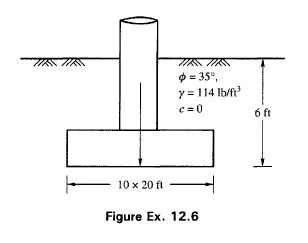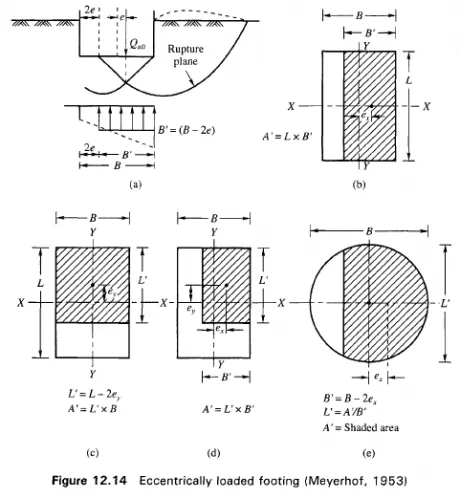Standard Energy Ratio Res Applicable to N Value
The effects of field procedures and equipment on the field values of N were discussed in Chapter 9. The empirical correlations established in the USA between N and soil properties indicate the value of N conforms to certain standard energy ratios. Some suggest 70% (Bowles, 1996) and others 60% (Terzaghi et al., 1996). In order to avoid this confusion, the author uses Ncor in this book as the corrected value for standard energy.
Cohesionless Soils Relationship Between Ncor and <O>
The relation between A^ and 0 established by Peck et al., (1974) is given in a graphical form in Fig. 12.8. The value ofNcor to be used for getting 0 is the corrected value for standard energy. The angle 0 obtained by this method can be used for obtaining the bearing capacity factors, and hence the ultimate bearing capacity of soil.
Cohesive Soils
Relationship Between Ncor and qu (Unconfined Compressive Strength)
Relationships have been developed between Ncor and qu (the undrained compressive strength) for
the 0 = 0 condition. This relationship gives the value of cu for any known value of Ncor. The
relationship may be expressed as [Eq. (9.12)]
![]()
where the value of the coefficient & may vary from a minimum of 12 to a maximum of 25. A low value of 13 yields qu given in Table 9.4.
Once qu is determined, the net ultimate bearing capacity and the net allowable bearing pressure can be found following Skempton’s approach.


